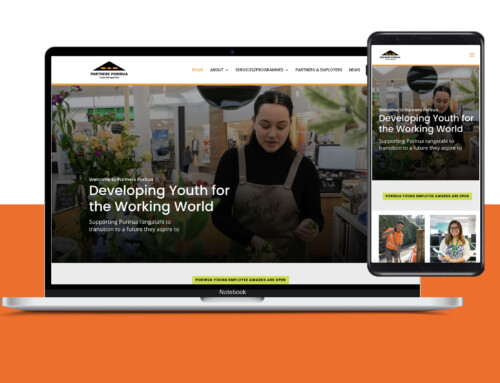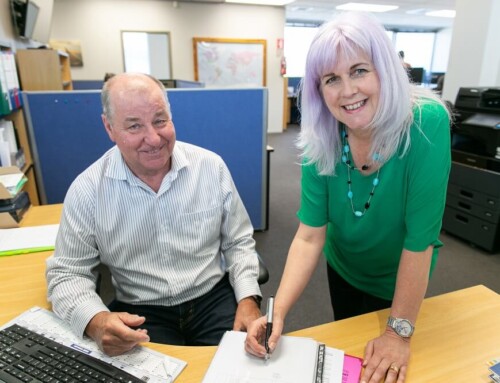Supporting senior leaders to navigate change, risk and complex projects
By Angela Bensemann, Director Halo Communications
Bringing an external communications professional in at the right time is a smart thing to do. It doesn’t mean you lack faith in your inhouse communications team. Afterall, they’re the ones embedded in your organisation, they understand the issues, your audiences and strategic direction.
It might mean there’s a capacity issue because your team is already flat tack dealing with the day-to-day issues. Or it might be because you’re dealing with a sensitive internal change the inhouse team is too close to, or maybe it’s about a confidential matter that they will be brought in on at a later date. Quite often, it’s simply that a fresh pair of eyes is needed to gain a new perspective and a specific skill set is required to help with a tricky situation.
Drawing on the experience of those who have worked across multiple organisations and dealt with myriad issues can challenge your thinking and approach (in a good way!). You get to benefit from the learnings of those who’ve dealt with similar situations before.
Personally, I draw on an eclectic mix of situations that have helped shape the way I approach communications issues.
There’s been heart-pounding media crises involving escaping or rioting prisoners, a zoo animal mauling, inappropriate staff behaviour, protest marches and much more. Then there’s been project comms for landfill consents, water pipe renewals, town centre revitalisations, constructing new roundabouts, roads and shared spaces. There’s been large internal change management projects not to mention numerous consultations and community engagement exercises.
It’s that experience that can’t be learnt during a university degree or sitting within one organisation. It’s the kind of experience that can be drawn on to enhance your approach and to support the work of your inhouse teams.
I recently facilitated a communications and engagement risks and benefits exercise. It wasn’t that those in the room didn’t know what the issues were, it was just that an independent facilitator (me) could objectively ask the right questions and extract the information. This was a great opportunity to build buy-in as we all worked through the exercise together.
Sometimes you just need a bit of a hand to get things moving – that’s what we do. It’s often much easier for someone external to spot the issues, suggest an approach and get you started, than it is for those deep in the detail.
If you’d like to bounce-around some ideas for managing a current communications issue or project get in touch.






